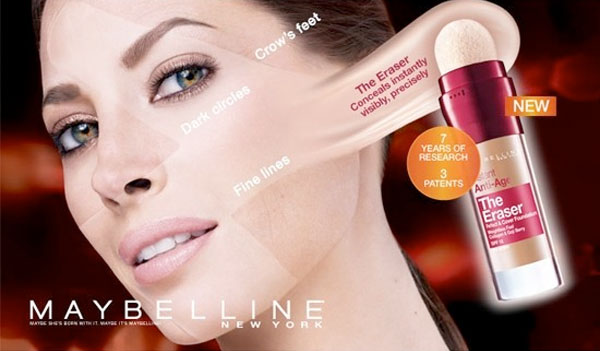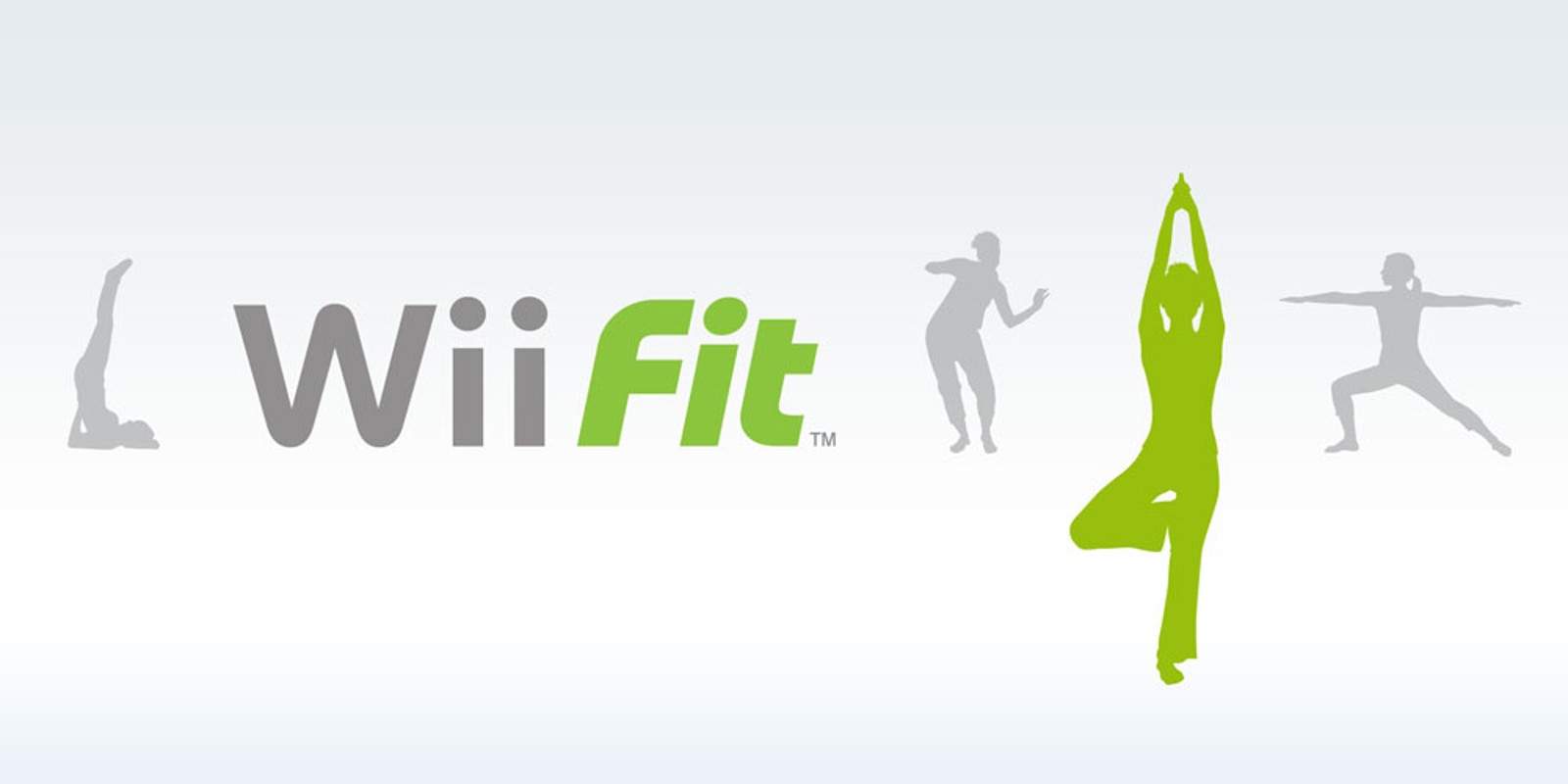Extreme long shot- (Establishment shot):
ELS are used to introduce a setting, usually the exterior of a building before the action takes place in a room. This makes the viewer believe that the action is inside of the building shown in the ELS when in fact it is filmed in a film set. The purpose of an ELS is to show the viewer where the scene is taking place and what time of day it is to give them perspective.
Long Shot:
Long shots are used to stress the environment or setting of a scene, they typically show the entire object or human figure. Usually, they are used to move from one scene into another without talking as it is the entrance into a scene that then may be followed by a mid shot of the same person.
Mid Shot (Medium Shot):
Mid shots are shots taken from the waist up; they are commonly are used for dialogue sequences. They allow for the character's expressions to be shown as well as their movement and gesture. Mid shots are important for the viewer to be able to get a sense of the character and their intentions through their body language and emotions. This shot is general and all-purpose so generally used in films.
Two Shot:
Two shots are when two people are in the frame; they are used to establish a relationship between two characters. It shows how they act around each other, their body language towards each other and the distance between them. This basic camera shot is commonly used in interviews or when presenters are hosting a show.
Close up:
Close up shots are when a feature or object takes up most of the frame. They are used to focus on detail such as facial expressions which may be important to the plot line. On a person, a close up is generally of their face, as it is what conveys their emotions the most effectively. Close-ups can also be used as a cut-in.
Extreme Close up:
Extreme close ups fill the frame with only a detail of the subject- for example, someone's eyes. This is not enough to show the emotions of someone unless in very dramatic scenes. This shot shows extreme detail so is used to focus on something in particular.
Point of View:
Point of view shots are used to show the intentions of the character. They show what the character is looking at and generally is followed by a shot of the character's facial expressions to show their reaction to what they are looking at. These have the intention of captivating the audience as they are able to see from the character's perspective.
Over the shoulder:
An over the shoulder shot is when the back of the shoulder and head of a person is used to frame the image of the subject the camera is pointing at. This is usually used when two people are having a discussion or when someone is creeping up on the character whose shoulder is shown. This shot also establishes the distance between the characters or what the character is observing.
High angle:
A high angle shot is where the camera looks down on the subject from a high angle, a cinematic technique used in many films. This can make the subject appear vulnerable or powerless when paired with the right mood and setting, as they appear small and the camera towers over them.
Low angle shot:
A low angle shot is a shot from a low angle- below eye line- looking up. This shot is used as it has a psychological affect on the audience, making the subject appear strong and powerful. Low angle shots give a sense of authority so are frequently used in political advertisements as many people look up to those in power.
Basic Camera Movements:
Tracking (back):
A tracking shot from the back is where the camera follows the subject it is recording which would otherwise leave the frame. The camera is mounted on a camera 'dolly' that is then placed on rails- like a railroad track; this ensures the smooth movement of the camera. The camera is then pushed along the track while the image is being filmed.
Tracking (front):
Tracking from the front is when the camera is in front of the subject and moves backwards while the character moves forwards, rather than the camera following the character from behind. A 'dolly' and rails can also be used to make the movement smooth when the camera is pushed along the track.
Sideways tracking shot (crab):
A sideways tracking shot, also referred to as a 'crab shot', is the same as tracking but is films the side of the subject rather than the front or back. This is often used to follow the movement of a character or an object. This allows for the audience to keep pace with the action.
Arc:
An arc shot is where the camera circles its subject. The subject is typically still and the camera provides the motion, tracking around the subject. An arc shot is often used to reveal different components of the area in which the subject is standing.
Pan:
Pan shots are where the camera sweeps around the scene, they can be used to establish a scene or location. They can also be used to track movement long a horizontal surface or to shoot characters moving to and fro in a room. Pan shots can be used as point of view shots; when a character has entered a room, a pan shot of the room can be used to see through the character's eyes.
Tilt shot:
A tilt shot is a simple movement of the camera upwards or downwards on an axis. An upwards tilt shot is often used to create a sense of height or power, similar to a low angle shot. This shot can be used with a point of view shot, enabling the audience to follow the character's view of the action of object. Downwards tilting can be used as an establishing shot, tilting down from a tall landmark to the characters.
(Tilt- upward)
(Tilt- downward)
















